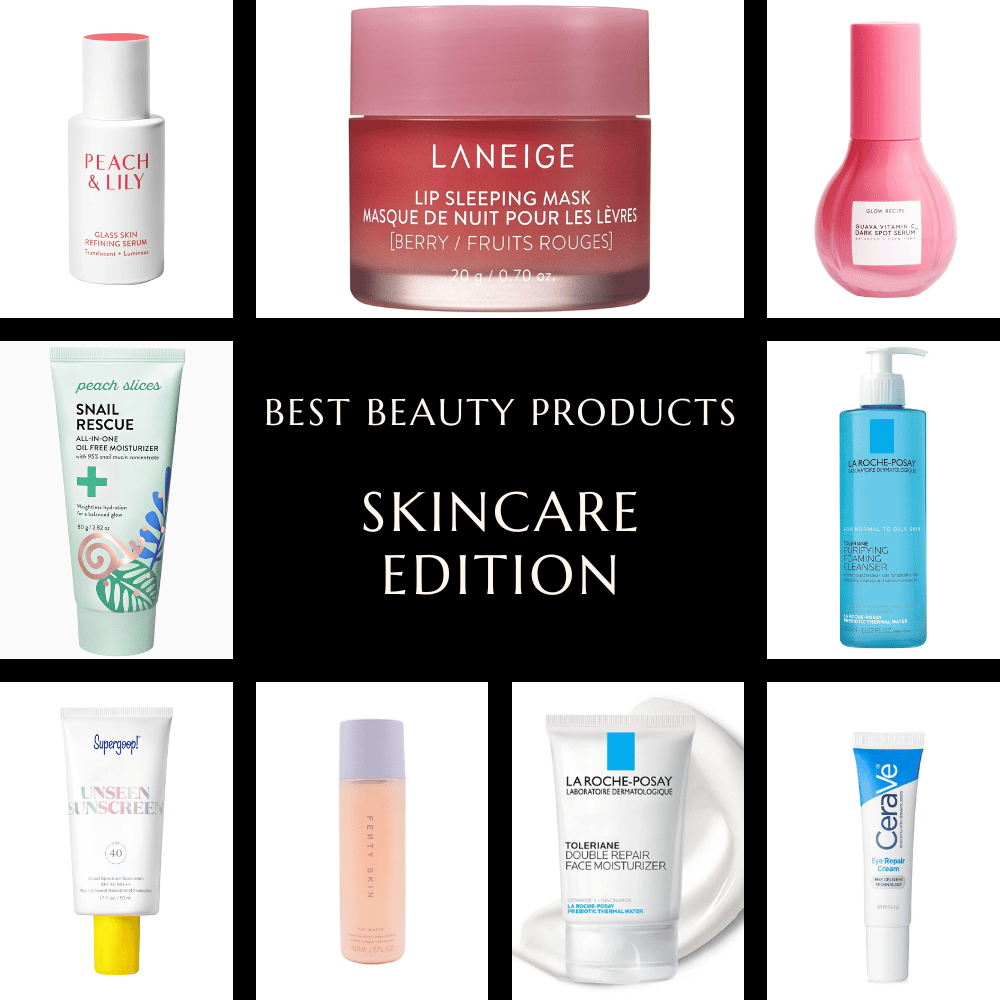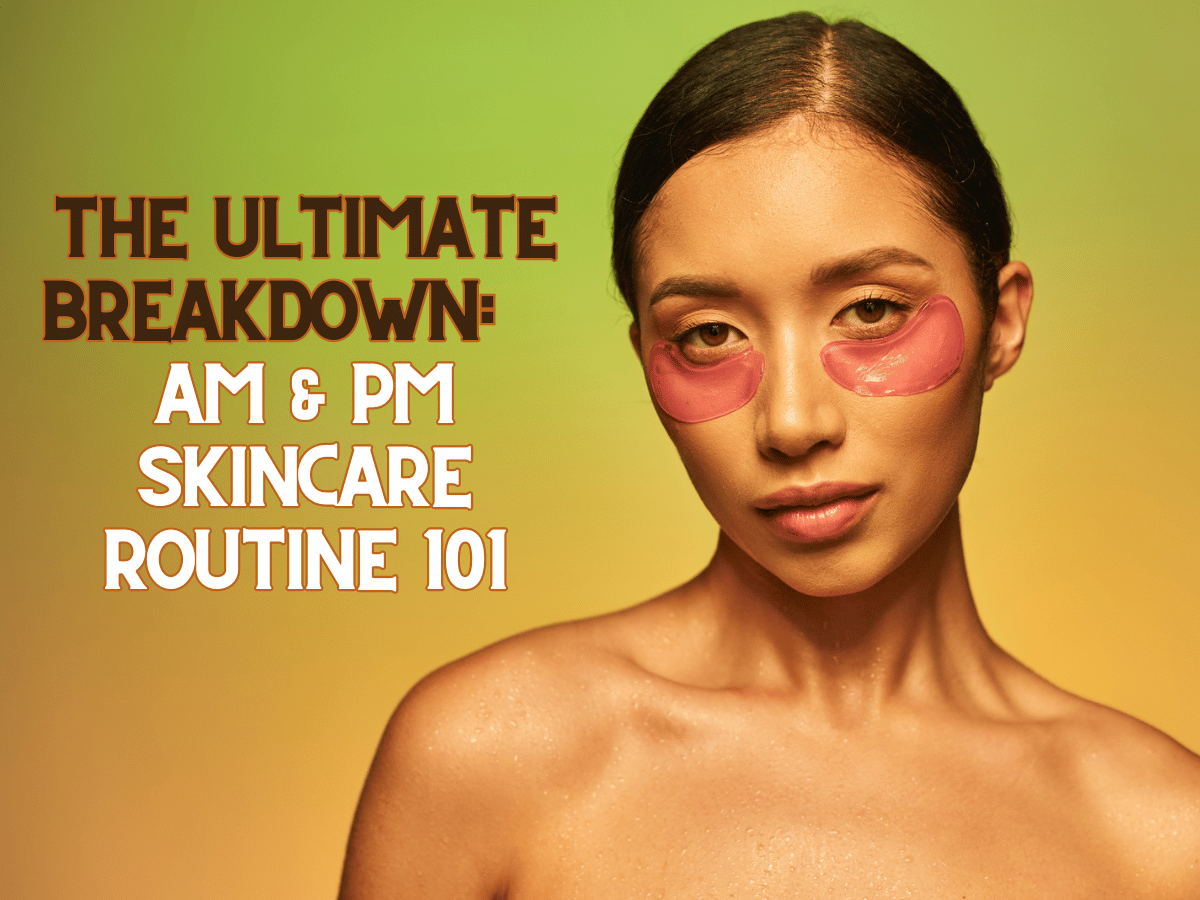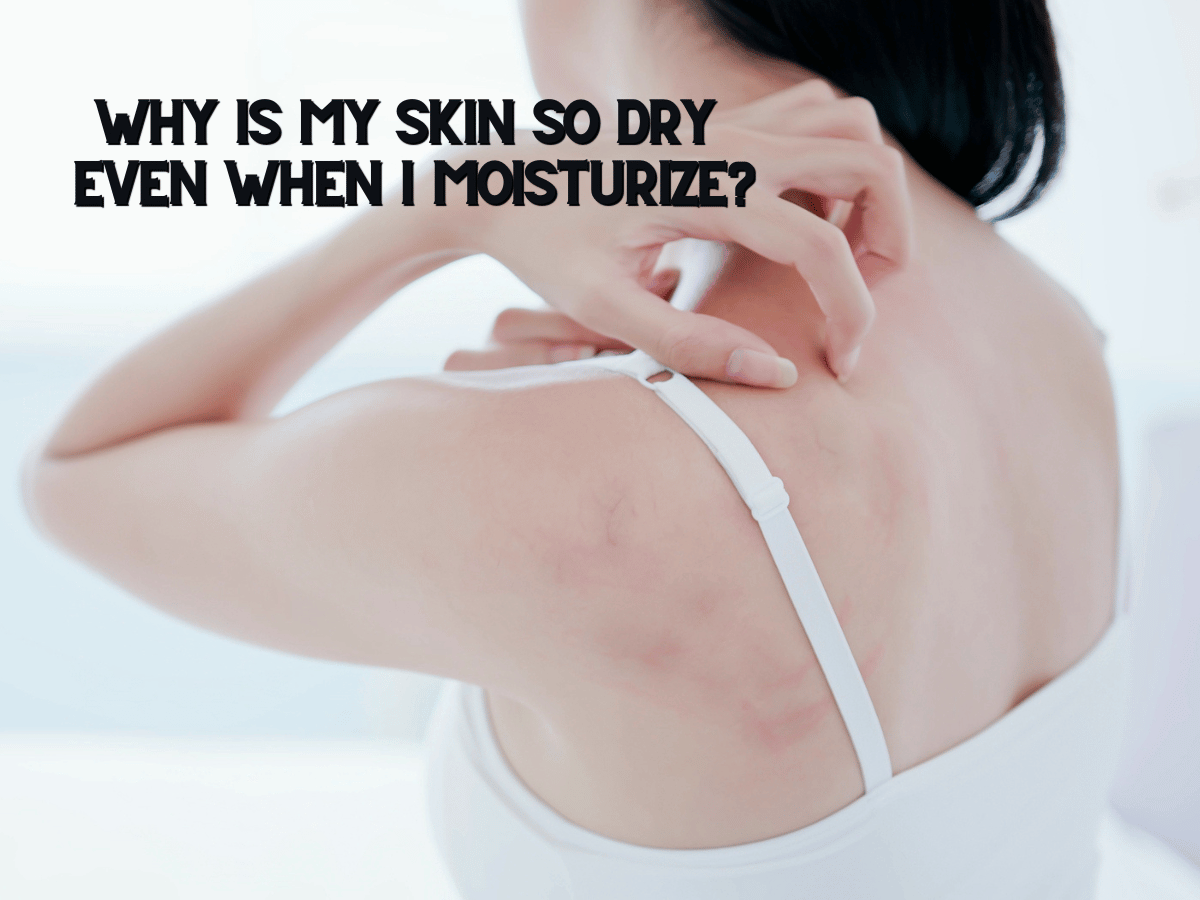Glycolic Acid and Vitamin C: A Potent Combo or An Absolute No-No? [Top Picks Included]
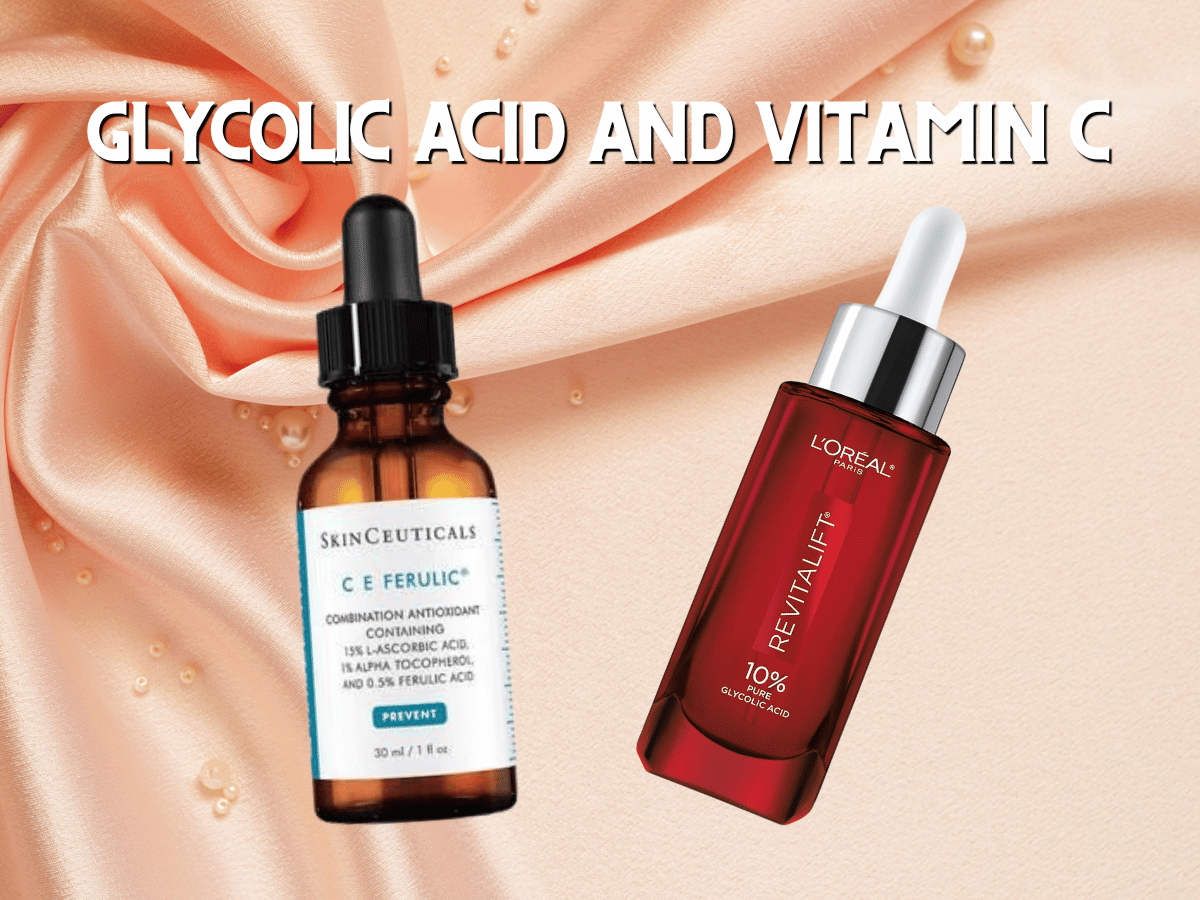
Once you've got your head in the skincare game, you want to make sure that you know what goes with what. Acids on acids on acids is a tricky route to maneuver but don't give up on it just yet.
In this blog post, we'll be taking glycolic acid and vitamin C, an exfoliating, brightening, skin-evening duo that when put to the test, can work wonders for your skin!
Bonus, we answer a question as old as skincare itself: Can glycolic acid and vitamin C be used together?
Glycolic Acid
What is glycolic acid?
Glycolic acid is a type of alpha-hydroxy acid (AHA) derived from sugar cane and is well-known for its significant role in skincare. As one of the smallest molecules in the AHA family, it penetrates the skin easily, making it a potent tool for exfoliating, hydrating, and boosting collagen production.
Glycolic acid is often used in chemical peels and daily skincare products to stimulate cellular turnover, slough off dead skin cells, and reveal a brighter, more even complexion. Moreover, it can assist in reducing the appearance of fine lines, wrinkles, and age spots, while also working to clear up breakouts.
What does glycolic acid do?
Glycolic acid boasts a variety of benefits with its main focus on exfoliation, hydration, and collagen production.
Exfoliant
The skin is made of layers and AHAs work to treat and maintain the skin's outer layer. There are three main alpha-hydroxy acids, glycolic acid, lactic acid, and mandelic acid. Glycolic acid is composed of the smallest molecules allowing it to penetrate the skin's outer layer at the deepest level. Glycolic acid starts at the top of the skin's surface where it peels away the dead skin cells, unclogging pores and lending a helping hand for oily and acne-prone skin.
Nourishing Hydration
Glycolic acid has yet another effect - it enhances the synthesis of glycosaminoglycans, molecules that attract moisture to the skin, providing nourishment. This makes for smoothing sailing for drier skin.
Collagen Boost
Glycolic acid serves a third function: breaking the bond of old skin cells to reveal a fresh layer. This process not only stimulates fibroblasts in the dermis to produce more collagen but also offers great anti-aging benefits, such as enhancing skin moisture and elasticity and reducing the appearance of wrinkles and roughness. With its ability to promote a youthful complexion, glycolic acid is a true ally in maintaining healthy and vibrant skin.
How to use glycolic acid?
Due to its potency, it's important to use glycolic acid carefully and protect the skin with ample sunblock, as it can increase photosensitivity. But what does "use it carefully" mean?
Many products claim to use glycolic acid frequently, like on a daily or weekly basis, for optimal results. However, unlike daily use serums and moisturizers, this acid can be your savior if used properly, but it can wreak havoc if you douse your skin in it regularly.
According to dermatologist Shereene Idress, it's best to use glycolic acid once a week after cleansing and before applying serums, moisturizers, and the rest of your routine. If you have sensitive skin, you may need to stretch out the usage even more.
Overusing glycolic acid can strip the skin barrier of too much moisture, leading to the skin producing more oil to compensate, resulting in oily skin.
Remember the saying "Everything in moderation." In this case, it couldn't be more true.
Glycolic acid can be found in various skincare products these days. For best results, leave-on products are recommended, allowing them to work overnight, with serums providing the most potent delivery of product to the skin.
Tip: You do not have to cleanse your face again after using a glycolic acid product. If you are currently pregnant, do use a lower concentration product of 7% or lower.
Sunscreen
Glycolic acid reveals a fresh layer of skin so there is an increased risk of skin photosensitivity the following morning. SPF protects the skin here. Less is more does not apply to sunscreens.
Top Picks
L'Oreal Paris Revitalift 10% Pure Glycolic Acid Face Serum
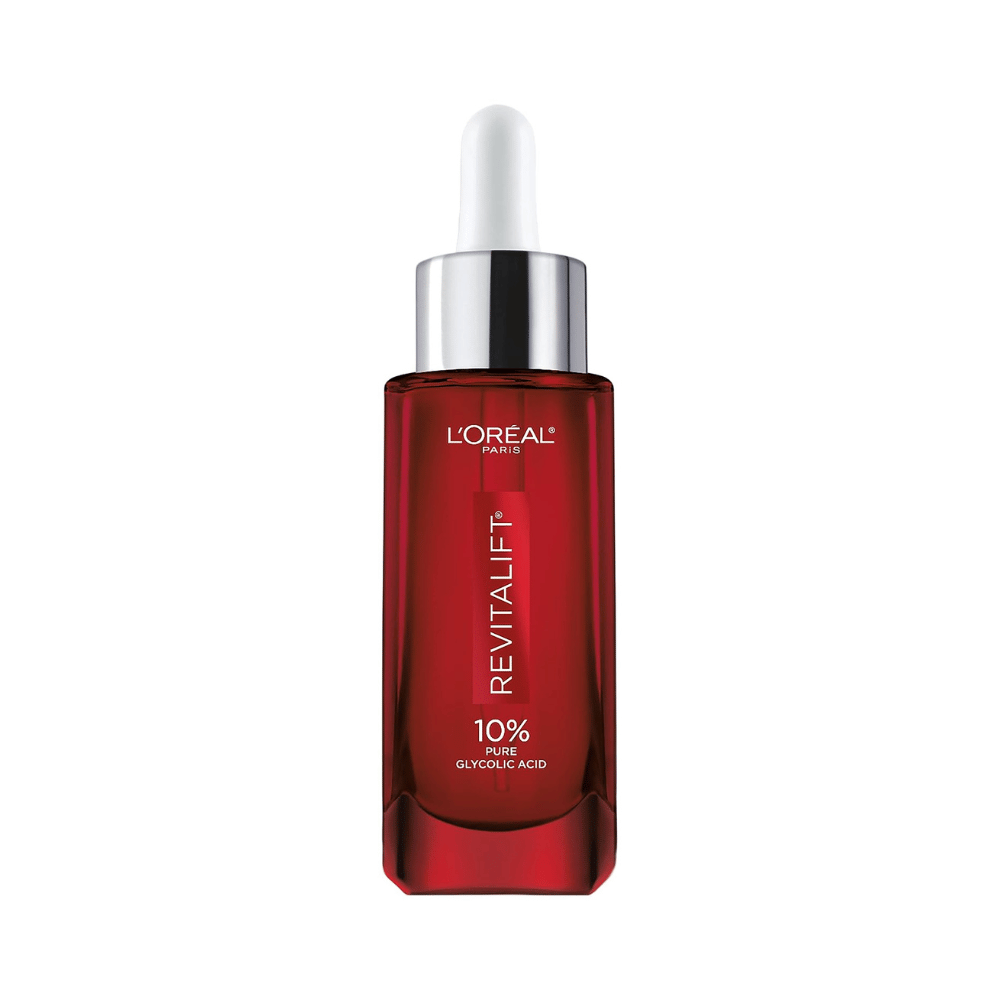
La Roche Posay Glycolic B5 Serum
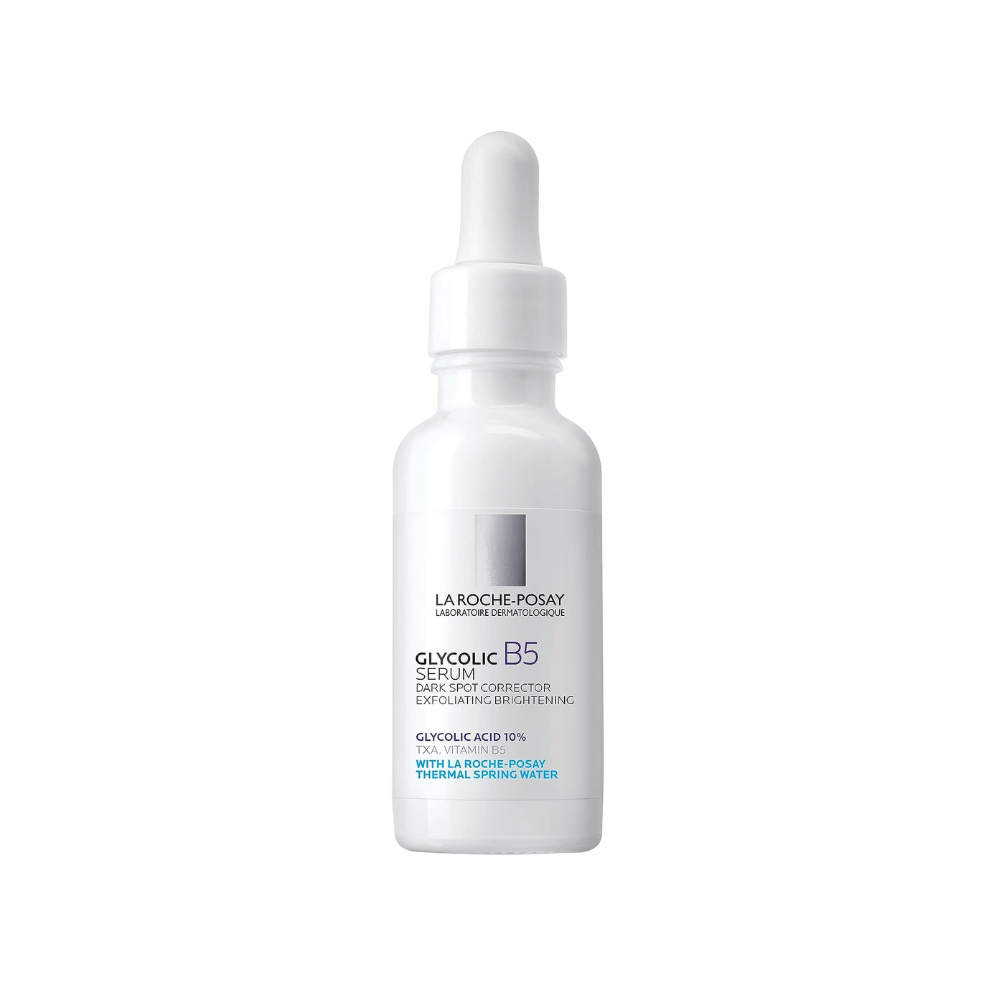
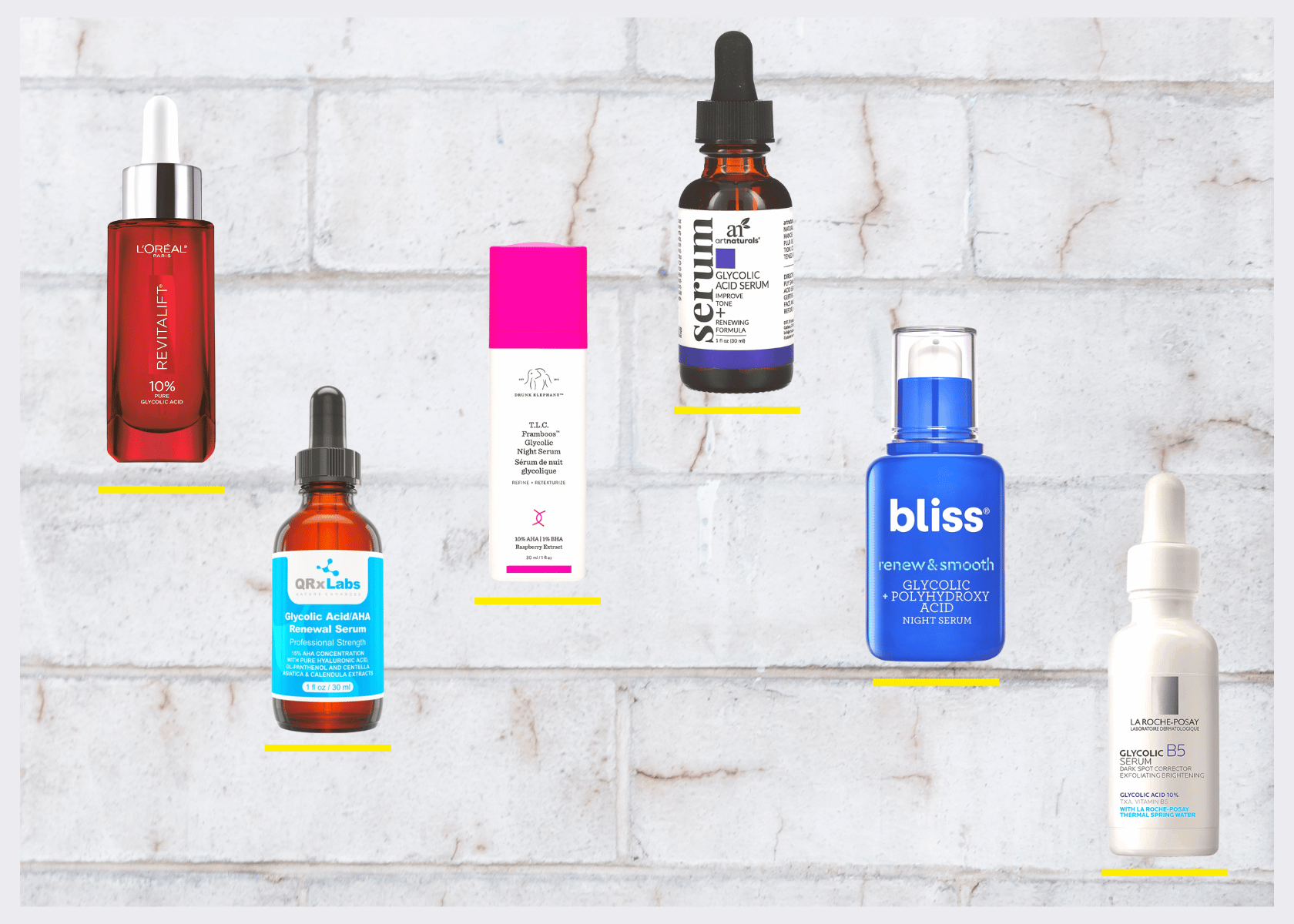
Vitamin C
What is vitamin C?
Vitamin C, also known as ascorbic acid aids in the regeneration process of the skin. Vitamin C's claim to fame comes from four main highlights. It is a potent antioxidant, SPF booster, collagen production stimulator, and hyperpigmentation/discoloration reducer.
What does vitamin C do?
Antioxidant & Sun Protection
It's renowned in skincare for its ability to fight free radicals and protect the skin from damage caused by UV radiation and environmental stressors.
It is also a great SPF assist because this ingredient works to neutralize the effect of UVA and UVB rays.
Collagen Boost
The vitamin is essential for collagen production, contributing to the overall health and vitality of the skin. Vitamin C can be thought of as the stimulant that gives collagen-building enzymes a little boost to bring about a continuous supply of supple skin.
Hyperpigmentation Reducer
It also works to lighten hyperpigmentation and dark spots, enhancing skin radiance and balancing skin tone. The copper found in our skin enables hyperpigmentation to occur. While a little bit of copper is great, if you are prone to hyperpigmentation, vitamin C helps to eat away the unnecessary amounts of copper, thereby lending a helping hand in the healing of hyperpigmented skin.
Skin Type
Vitamin C is generally safe for various skin types and is commonly integrated into skincare routines for its preventive and restorative effects.
Formulas
Vitamin C comes in active and non-active formulas. Active formulas get straight to work but are hard to formulate and can be irritating to the skin. Non-active formulas are stable and can do what active formulas (depending on the type of non-active vitamin C formula you choose, of course) but the non-active formula slowly releases onto the skin giving the the skin time to adjust to the ingredient. This makes it ideal for those with sensitive skin
How to Use Vitamin C
Vitamin C is loved by far too many to have just a select number of products based on it. Because of this, we recommend using Vitamin C with this skincare application in mind: First, cleanse, apply the formulas from thinnest to thickest consistency often found in the order of a cleanser, followed by toner, then serum and moisturizer, and finally SPF if this is your daytime routine. Most often, the most potent product is a vitamin C serum.
Top Picks
RoC Multi Correxion Revive + Glow Daily Serum
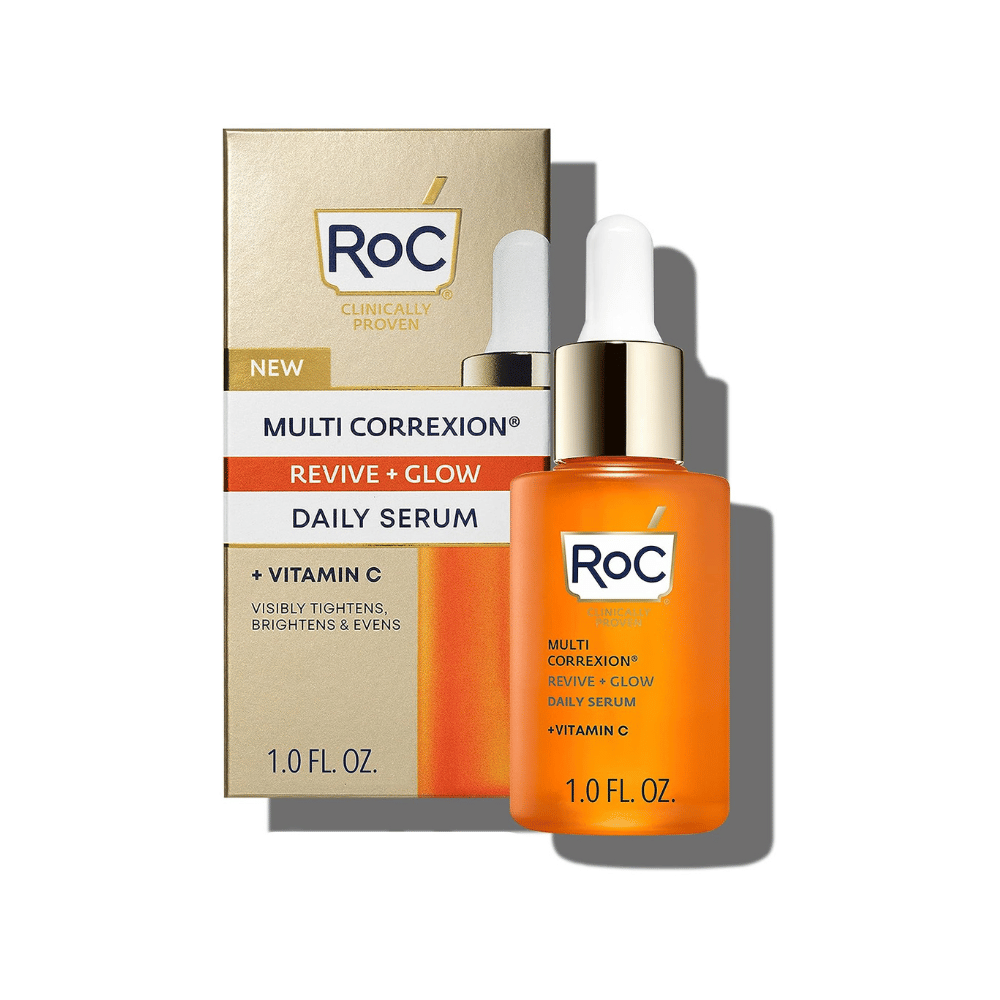
Paula's Choice C15 Super Booster
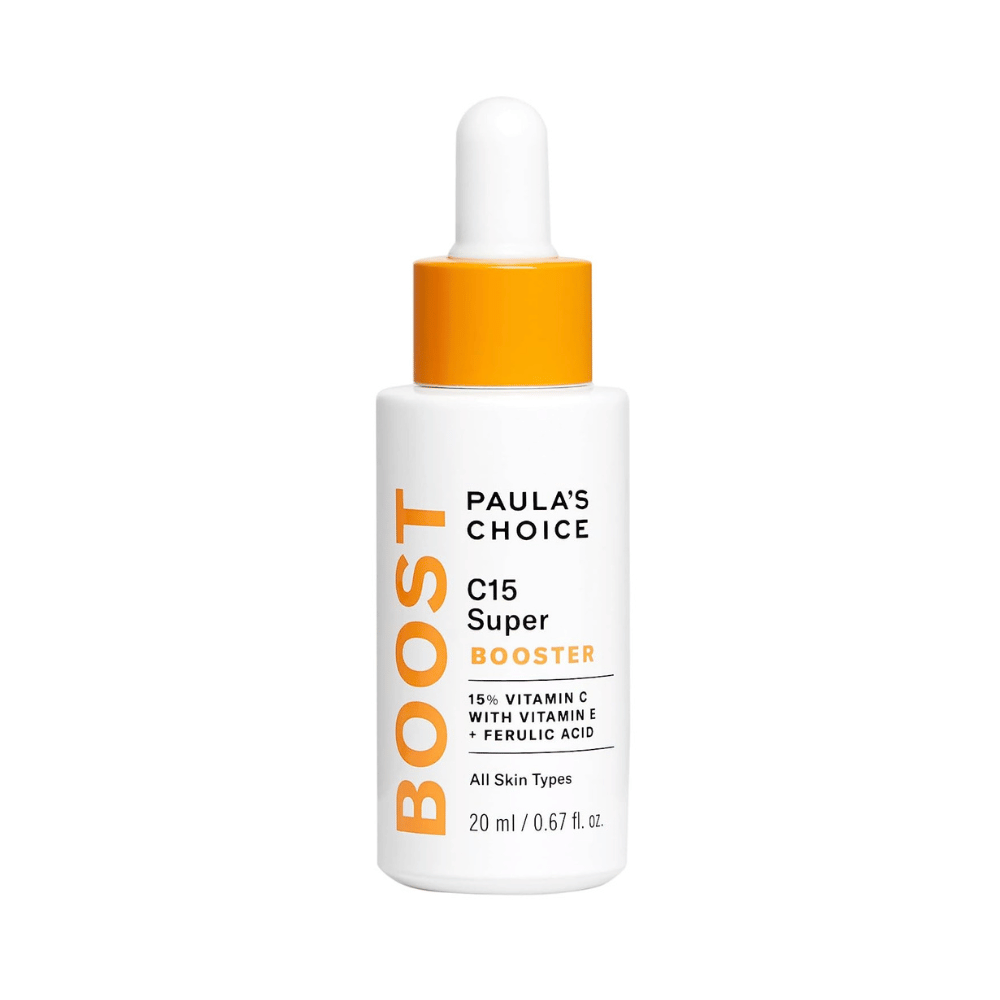
SkinCeuticals C E FERULIC® WITH 15% L-ASCORBIC ACID
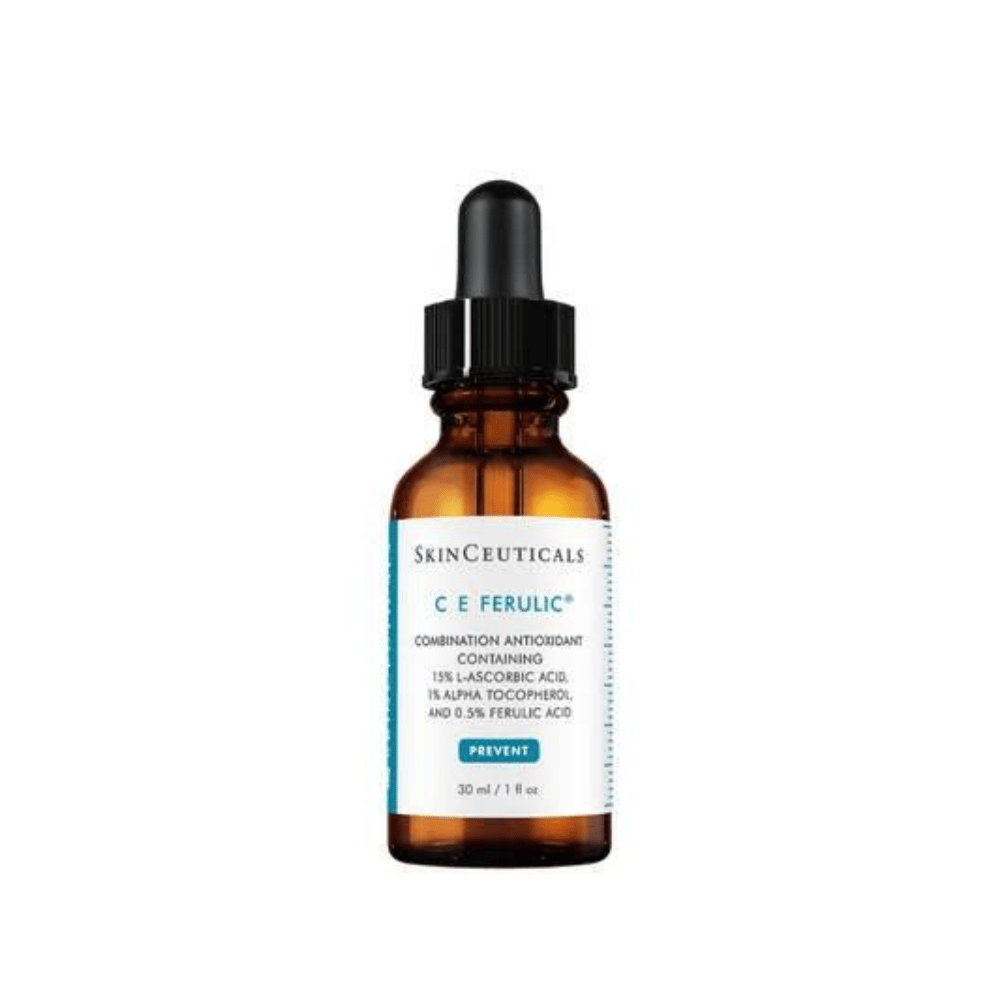
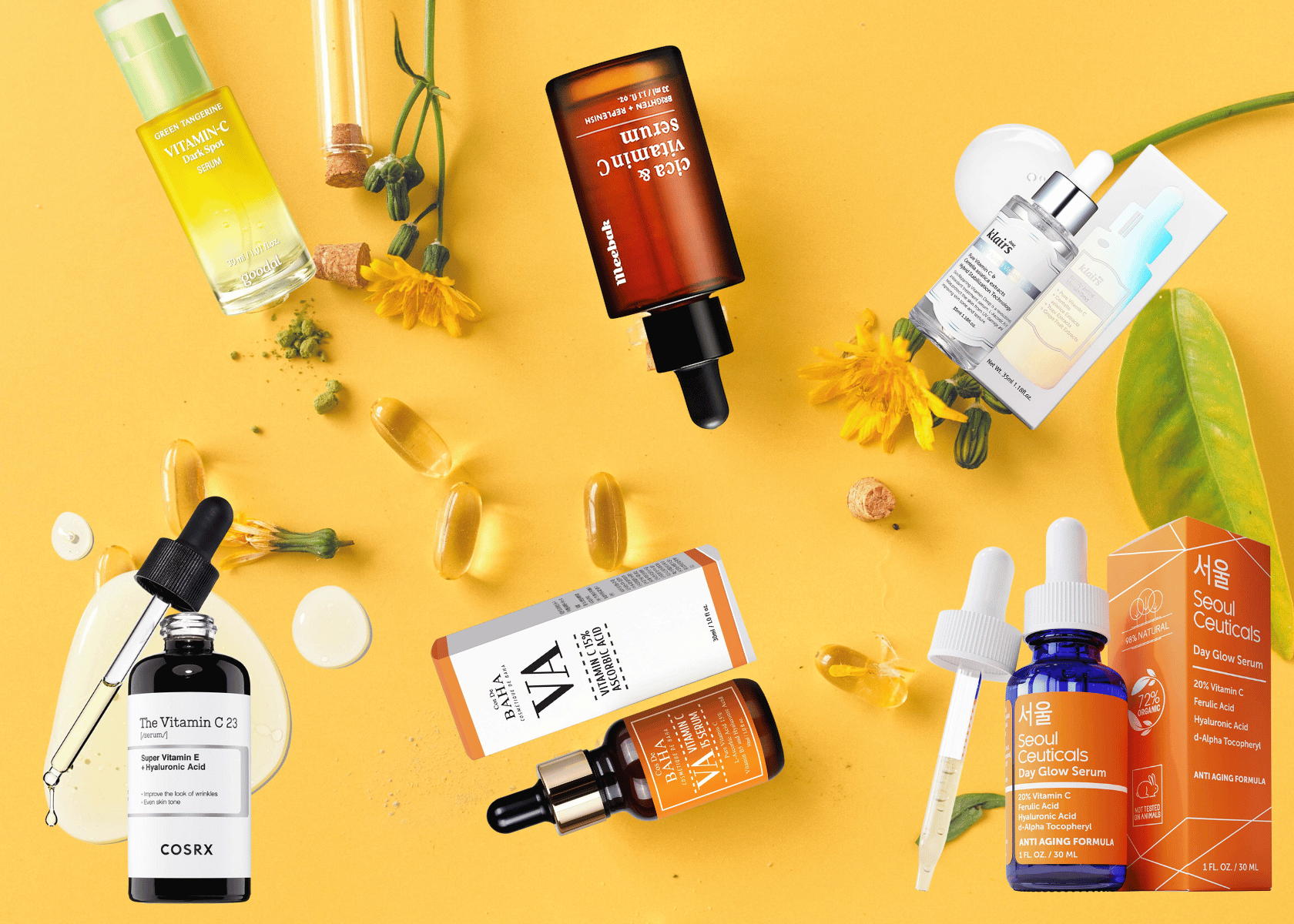
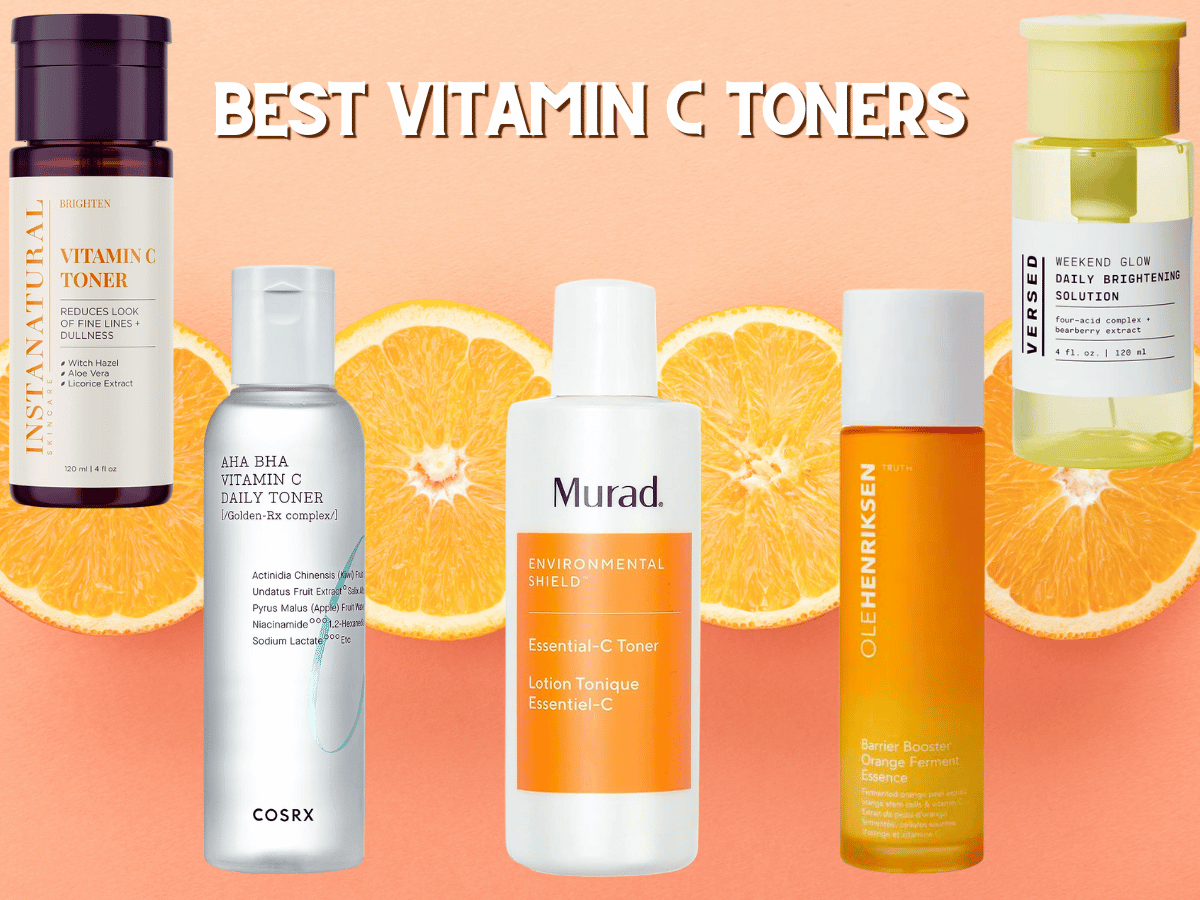
Can you use glycolic acid with vitamin C?
Yes! You can definitely combine glycolic acid and vitamin C, and there are likely products in each step of your skincare routine that contain these ingredients. For optimal results, we recommend using glycolic acid before vitamin C. By exfoliating dull surface cells, this alpha hydroxy acid exfoliant enhances the benefits of vitamin C. This process enhances the absorption of vitamin C and accelerates the skin cell renewal process, resulting in a smoother and more radiant complexion.
If you have sensitive skin, we suggest using a leave-on glycolic acid serum acid in the evening and vitamin C in the morning with SPF (always use SPF the following day). Whether you have sensitive or regular skin, this could be a suitable approach. Keep in mind that using glycolic acid every day is not necessary; less is more!
Murad Vita-C Glycolic Serum
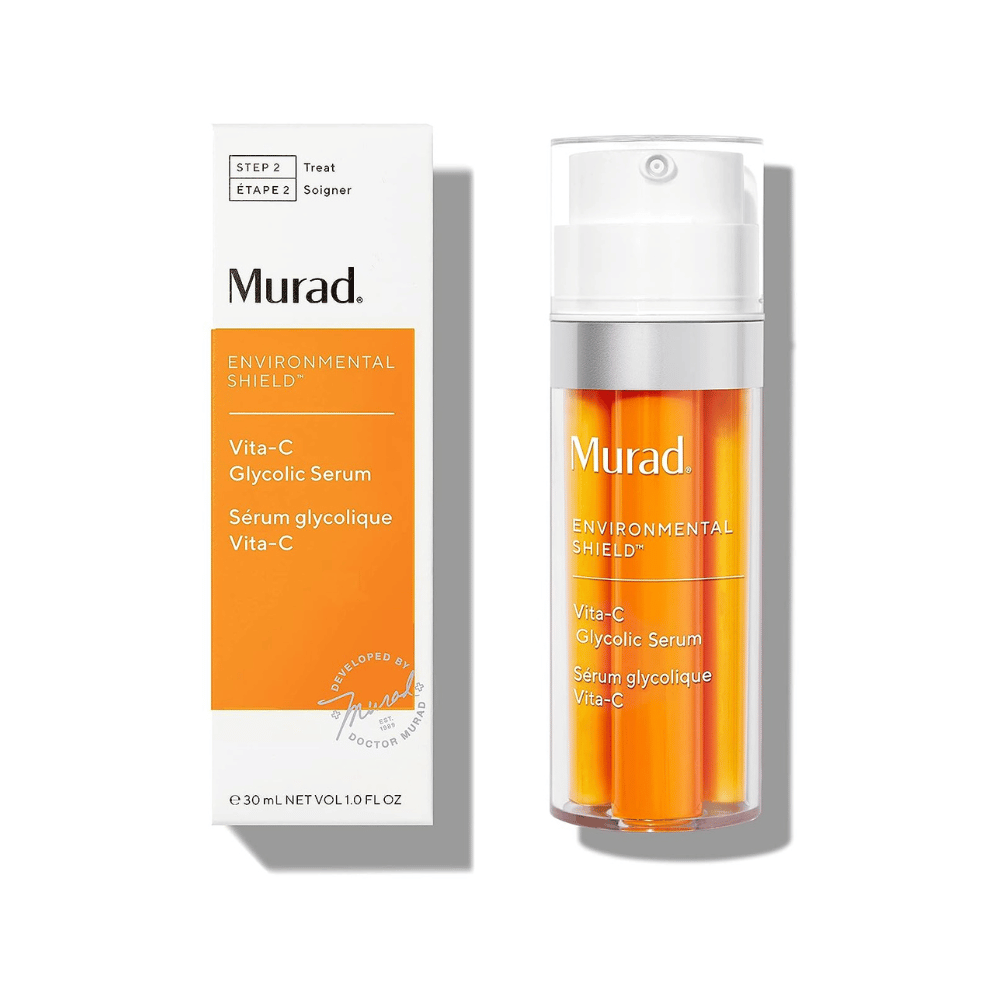
How soon will I see the results?
The time it takes to see results depends on consistency and the specific problem area. Within a few weeks, you may notice some brightening and clearer pores. However, significant results are more likely to appear after two to three months of consistent and proper use, especially in cases of hyperpigmentation.
What Can You Use with Glycolic Acid and Vitamin C? - Rapid Fire FAQs
Can you use glycolic acid with retinol?
Both "separately" can be incorporated into a skincare routine. It is highly recommended to alternate their usage, utilizing one in a routine and the other in a separate routine, especially for sensitive skin.
Can you use niacinamide with glycolic acid?
Yes. For optimal results, it is recommended to perform the process in separate steps, considering the differing pH levels involved.
Can you use glycolic acid with hyaluronic acid?
Yes, they can complement each other.
Can you use salicylic acid with vitamin C?
Yes, go in with the salicylic acid first and follow it up with vitamin C ideally. It is also great to use Vitamin C in the morning and Salicylic Acid at night to avoid skin irritation and photosensitivity (this is our favorite way).
Can you use niacinamide with hyaluronic acid and vitamin C?
Yes, they work wonders together.
Can I use Vit C serum after glycolic acid toner?
Yes.
Can I use glycolic acid every day?
While products may claim so, we recommend not to do so to keep from compromising your skin barrier. Over-exfoliating is a thing.
Conclusion
Both vitamin C and glycolic acid are two great ingredients that work overtime to keep the skin looking and feeling fresh, new, and healthy. Try glycolic acid followed up with vitamin C for a powerful exfoliating and brightening duo in the same routine. For those with sensitive skin, alternate usage with Vitamin C going on during the day and glycolic acid kicking in at night. Either way, combining glycolic acid with vitamin C will give you the fresh, new, bright skin that you crave. Remember, less is more when it comes to exfoliating acids. For more product suggestions in each category, check out these posts below:
Sources:
Benefits of glycolic acid for the skin
Let’s Get Intimate: Exfoliating Acids | Dr. Shereene Idriss
Which Skincare Acids are Safe In Pregnancy?
How to Reduce Redness and Dryness After Using Glycolic Acid Skincare Products
Best Vitamin C Forms & Products for Every Skin Type! | Dr. Shereene Idriss
Glycolic Acid for Better Skin and More Collagen Production?
Like these stories? You will (probably) love our monthly newsletter.


